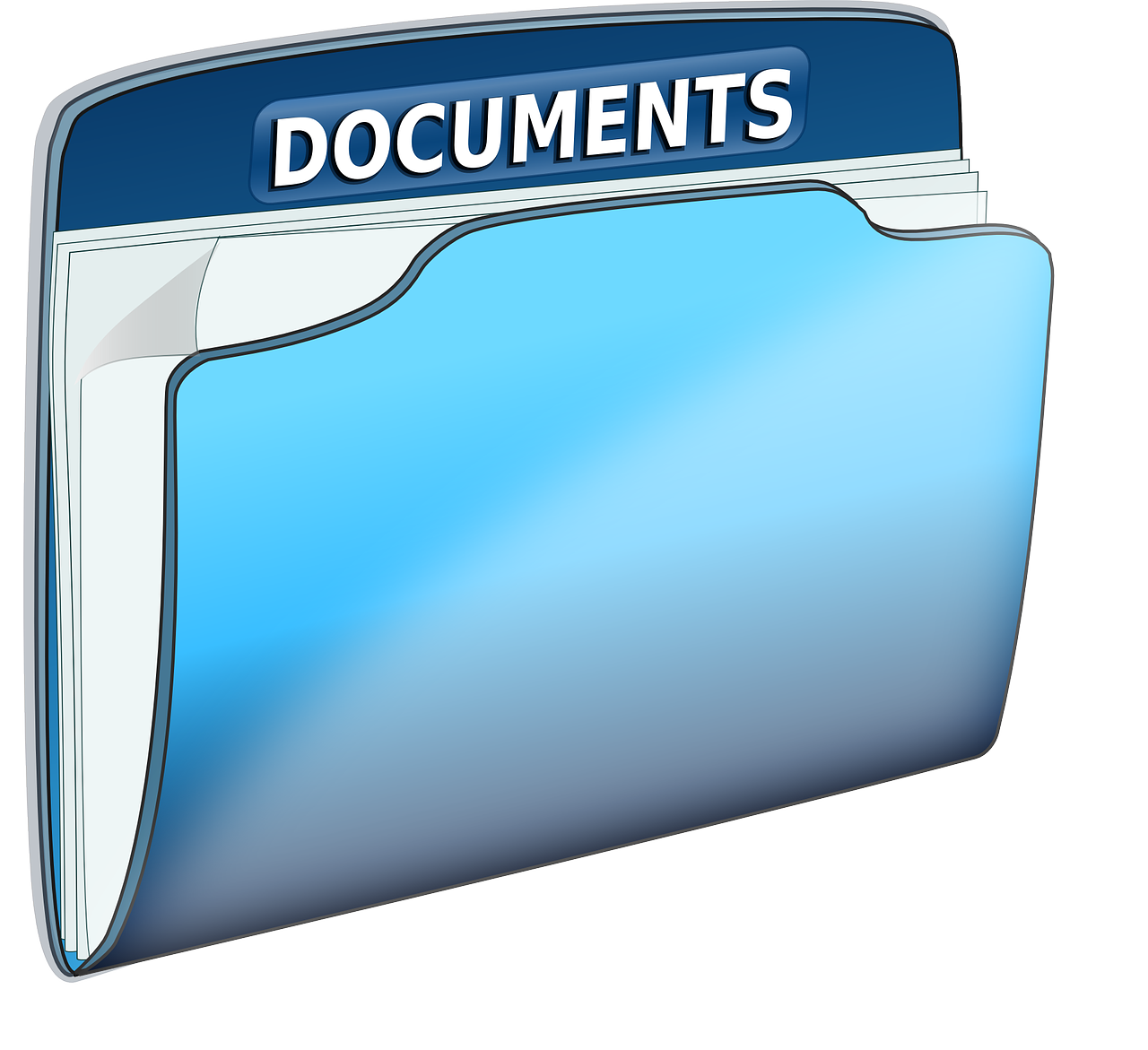In the dynamic world of Agile development, requirement documents play a pivotal role in shaping and guiding a product’s vision. Unlike traditional project management approaches, Agile emphasizes flexibility, collaboration, and iterative development. Despite this adaptability, having a well-defined set of requirements is crucial for aligning the team’s efforts with the overarching product vision. We shall delve into the role of Agile requirement documents in shaping your product vision, highlighting their importance, best practices, and how they contribute to the success of Agile projects.
Understanding Agile Requirement Documents
In Agile frameworks, requirement documents are often less about rigid, detailed specifications and more about providing a clear, evolving vision of what the product should achieve. They serve as a blueprint that guides the development process, ensuring that the product aligns with both stakeholder expectations and user needs.
Types of Agile Requirement Documents:
- User Stories: Short, simple descriptions of a feature told from the perspective of the end user. They focus on what the user needs and why.
- Epics: Larger bodies of work that can be broken down into smaller user stories. Epics help in organizing and prioritizing broader features or goals.
- Acceptance Criteria: Conditions that a product or feature must meet to be considered complete. They define the specific requirements for user stories.
- Product Backlog: A prioritized list of features, enhancements, and fixes that need to be addressed. It evolves based on stakeholder feedback and changing requirements.
The Importance of Agile Requirement Documents
1. Providing Direction and Focus
Agile requirement documents help translate a product vision into actionable tasks. They provide a structured way to capture and communicate what needs to be done, helping teams stay focused on delivering value.
How They Contribute:
- Clarify Objectives: User stories and epics break down high-level goals into manageable pieces, offering a clear roadmap for development.
- Align Efforts: They ensure that all team members understand the product’s objectives and how their work contributes to achieving those goals.
- Prioritize Work: The product backlog helps in prioritizing features and tasks based on their value to users and stakeholders.
2. Enhancing Communication and Collaboration
Effective communication and collaboration are central to Agile practices. Requirement documents facilitate these by serving as a common reference point for all stakeholders.
How They Contribute:
- Shared Understanding: User stories and acceptance criteria ensure that everyone has a shared understanding of what needs to be built and why.
- Feedback Integration: Agile documents are living artifacts that evolve based on continuous feedback, promoting ongoing dialogue between stakeholders and development teams.
- Transparency: Clear documentation provides visibility into the development process, helping stakeholders stay informed and engaged.
3. Supporting Iterative Development
One of the core principles of Agile is iterative development, where products are developed in increments and refined based on feedback. Requirement documents support this by allowing for continuous adjustment and refinement.
How They Contribute:
- Incremental Updates: As work progresses, user stories and the product backlog can be updated to reflect new insights and feedback.
- Adaptability: Agile documents are designed to be flexible, allowing teams to adjust priorities and requirements as needed.
- Continuous Improvement: Regularly updated documents ensure that the product evolves in line with user needs and market conditions.
Best Practices for Agile Requirement Documents
1. Keep Them User-Focused
The primary goal of Agile requirement documents is to deliver value to the end user. Therefore, it’s essential to keep the focus on user needs and experiences.
Best Practices:
- Write Clear User Stories: Ensure user stories are written from the user’s perspective, focusing on what they need and why.
- Include Acceptance Criteria: Define specific conditions that must be met for a feature to be considered complete, ensuring it meets user expectations.
2. Ensure Continuous Refinement
Agile requirement documents should evolve as the project progresses. Regular refinement helps ensure that the documents remain relevant and aligned with the product vision.
Best Practices:
- Conduct Regular Backlog Grooming: Regularly review and prioritize the product backlog to ensure it reflects current priorities and user needs.
- Embrace Feedback: Use feedback from stakeholders and users to update and refine requirements.
3. Foster Collaboration
Collaboration between team members and stakeholders is crucial for effective requirement gathering and documentation. Engaging everyone in the process ensures that all perspectives are considered.
Best Practices:
- Involve Stakeholders Early: Engage stakeholders in defining and refining requirements to ensure their needs and expectations are addressed.
- Encourage Team Input: Encourage input from all team members to gather diverse perspectives and insights.
4. Use Visuals and Tools
Visual aids and tools can enhance the clarity and usability of Agile requirement documents. They help in communicating complex ideas and tracking progress.
Best Practices:
- Leverage Visuals: Use diagrams, flowcharts, and other visuals to represent requirements and processes.
- Utilize Agile Tools: Employ tools like Jira, Trello, or Asana to manage and track requirements effectively.
Conclusion
Agile requirement documents are essential for shaping and guiding a product vision in an Agile development environment. They provide direction, enhance communication, support iterative development, and ensure that the product aligns with user needs and stakeholder expectations. By keeping requirements user-focused, continuously refining them, fostering collaboration, and using visual aids, teams can leverage Agile documents to successfully navigate the complexities of product development and deliver valuable outcomes.
Mastering the role of Agile requirement documents helps teams remain agile, responsive, and focused on delivering products that truly meet user needs, ultimately contributing to the success of the project and the satisfaction of stakeholders.
Views: 0




Leave a Reply